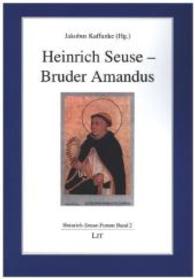- ホーム
- > 洋書
- > ドイツ書
- > Humanities, Arts & Music
- > Arts
- > architecture
Description
(Short description)
The Central Synagogue of Sofia was built between 1905 and 1909 as a highly visible and monumental structure in the social, commercial, and religious center of the Bulgarian capital. Having survived the Second World War, it remains a testament to early 20th century Sofia and its majority Sephardic Jewish community. In its architecture, it reflects the city's search for its own modern, European, and national identity, whilst attesting to the struggle of the Sofia Jewish community headed by its chief rabbi Marcus Ehrenpreis to claim its place within the nation building project. A deep dive into the architecture of the Central Synagogue of Sofia
(Text)
The Central Synagogue of Sofia was built between 1905 and 1909 as a highly visible and monumental structure in the social, commercial, and religious center of the Bulgarian capital. Having survived the Second World War, it remains a testament to early 20th century Sofia and its majority Sephardic Jewish community. In its architecture, it reflects the city's search for its own modern, European, and national identity, whilst attesting to the struggle of the Sofia Jewish community headed by its chief rabbi Marcus Ehrenpreis to claim its place within the nation building project. In this first in-depth study of the building, Fani Gargova illuminates the history of the Central Synagogue of Sofia and the motivations behind its construction by positioning its appearance and architecture vis-à-vis Central European Reform synagogues and the emerging Bulgarian national style. By looking at the building through the lens of urban planning, building material and technique, liturgy, as well as musical performance, this book significantly expands the common notion of synagogue architecture.
(Short description)
(Text)



![[音声データ付き]CNNニュース・リスニング 2020[秋冬]](../images/goods/ar2/web/eimgdata/EK-0919095.jpg)




